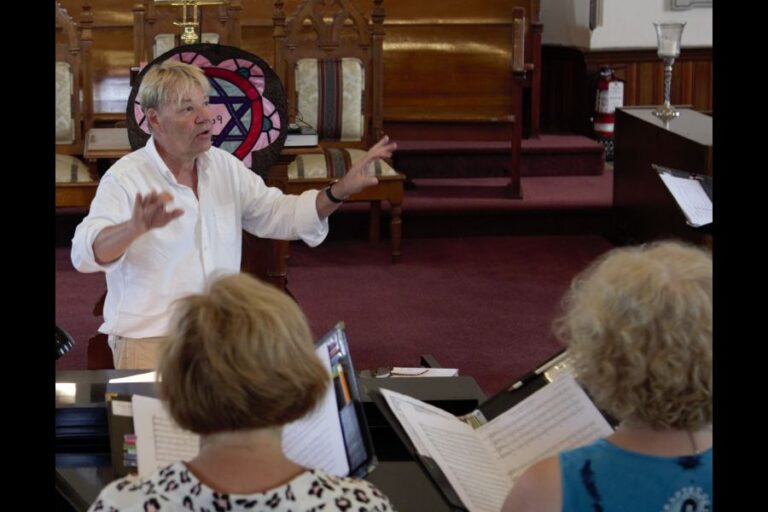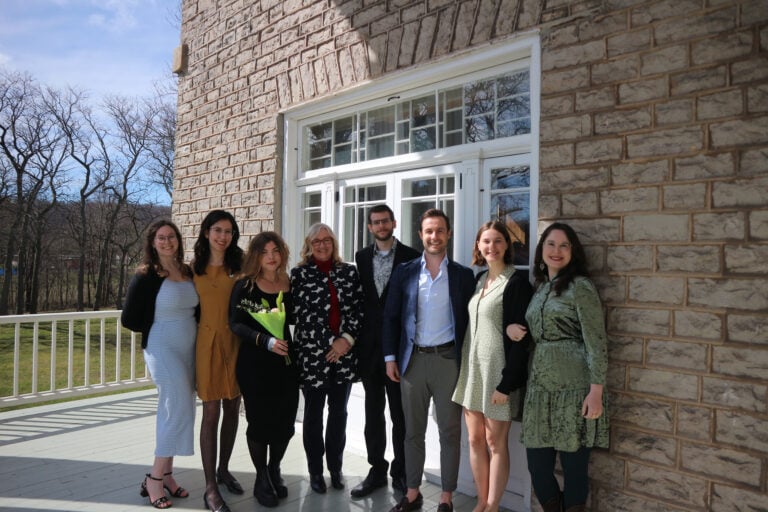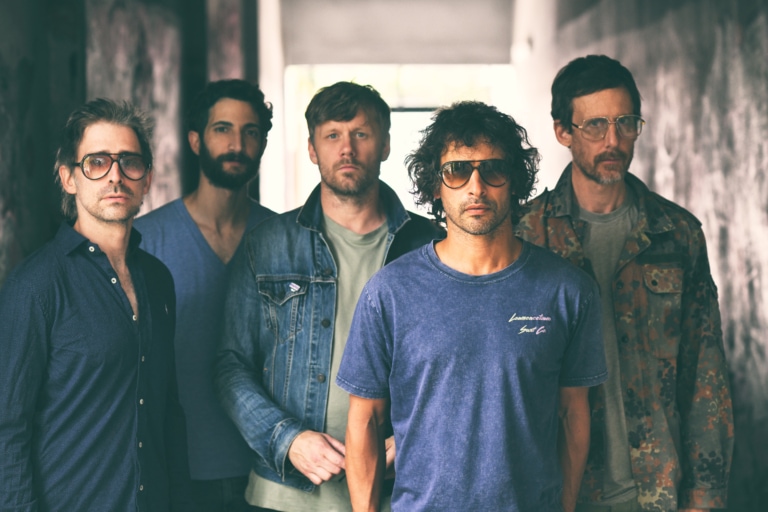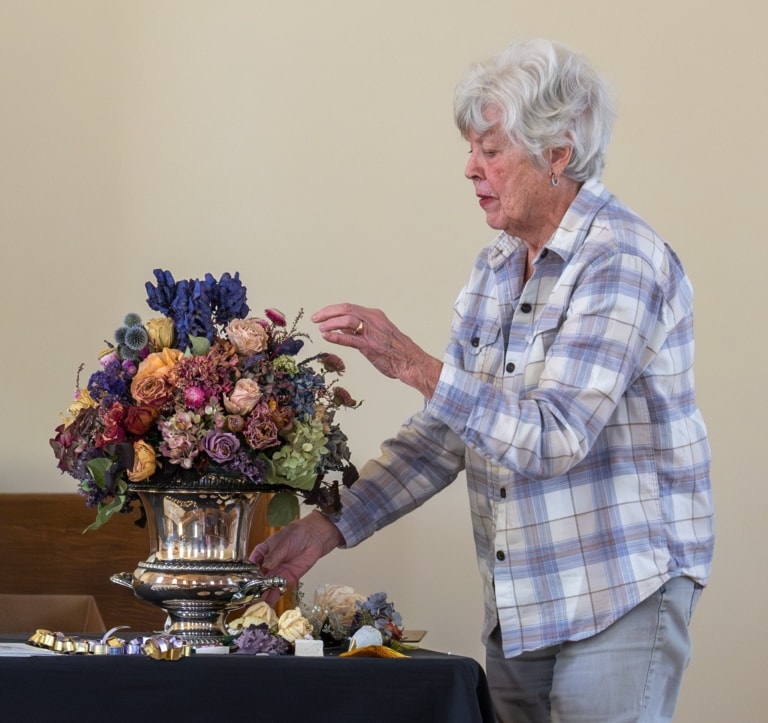René Magritte (1898-1967) was a Belgian surrealist famous for thought-provoking images that juxtaposed ordinary objects in strange and puzzling ways that defied the viewers’ preconceived notions of reality.
The works are familiar yet mysterious, witty yet puzzling, ambiguous and unsettling.
Magritte’s images are stories. They are not romantic, religious or historical narratives but snapshots of familiar everyday objects brought together with no connections whatsoever between them.
In the painting “Time Transfixed,” a train engine hurtles toward us through the void of a fireplace. In “The Listening Room,” an enormous green apple floats mid-air completely dominating a suffocatingly tiny room. Before such works, we do a double take and surprise trumps artifice.
It took Magritte 10 years of searching and experimenting with futurism, cubism and Dadaism before he had his eureka moment.
He went to Paris and became part of the surrealist movement of Dali, Ernst, Masson and André Breton, where rules were to be broken, individualism was all, life and creativity was chance, random, exotic, dreamlike, neurotic.
The surrealists were obsessed with how the unexplainable intrudes into normal, everyday life. Magritte discovered what he personally needed was to take a thought, describe it by painting the most ordinary “things” and making them extraordinary if not hallucinatory.
In his work “The Human Condition,” a landscape painting rests on an easel before an open window with exactly the same landscape as on the canvas. The two scenes overlap, creating a play between the image and reality that raises the question: is the real world simply a construction of mind?
In “The False Mirror,” we are being watched by a huge eye that in the words of the surrealist photographer, Man Ray, “sees as much as it itself is seen.”
It’s dead, black pupil floats unhinged against puffy clouds in a blue sky replacing the iris. It startles and disturbs us because it represents the limitations of human vision.
Unlike the mirror that reflects what is in front of it, the eye is subjective. It filters and processes what it wants to see and raises disturbing questions of how we see the world. It sees and is a reflection of the world.
Magritte was also concerned with language itself and how meaning is conveyed. His paintings that use words reveal his ambiguity and are a key to understanding his work.
His most famous example is “The Treachery of Images’ or “Ceci n’est pas une pipe,” “This is not a pipe.”
We see a pipe, we know it is not real. It is a picture of a pipe. Our experience recognizes it as such. Magritte adds the handwritten caption “This is not a pipe” because to say otherwise, he would, as he said, “be lying.”
Perhaps the caption is the painting rather than the pipe? Perhaps there is no pipe and affirmation and negation have cancelled one another?
And so, in our time of unease and uncertainty and the continuing struggle to logically determine facts or reality, where untruths, misconceptions and deliberate distortions confuse, Magritte’s work is more than ever fundamental to an understanding not only of modern culture but of thought itself.
Penny-Lynn Cookson is an art historian, lecturer and writer who lives in Niagara-on-the-Lake.









